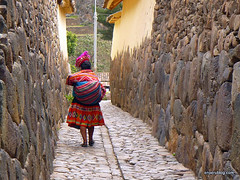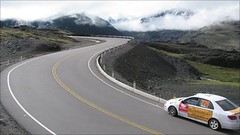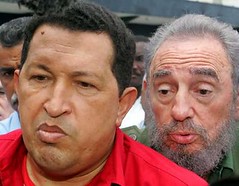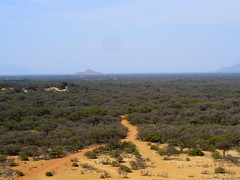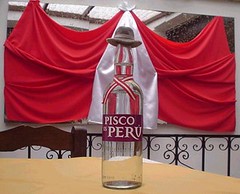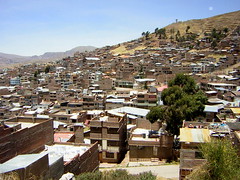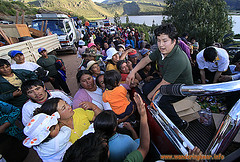South west of Cajamarca is a site steeped in ancient mystery. A forest of towers of rock covered by a thick fog sets the scene for this place with features yet to be explained.
Category: "History"
Lima’s 473rd Birthday
On the 18th of January it will have been 473 years since Spanish conquistador Francisco Pizarro founded his capital in the conquered land of the Incas, preferring a coastal capital for sea connections rather than a Andean one as the Incas had in Cuzco.
Zaña that was
Competing with the Bosque de Pomac, in my opinion, as the most interesting place in Lambayeque are the ruins of Zaña. Refreshingly, these ruins are of a different kind to the ones you might be used to seeing while visiting Peru.
Túcume
The Sicán abandoned the old center of their civilisation at Batán Grande and relocated to the current site of Túcume. Built entirely of adobe mud bricks between 1000-1100 AD, the site flourished for nearly a milenia under Sicán, Chimú and Inca rule until the arrival of the Spanish in 1532. Spread over more than 220 hectares, there are 26 enormous pyramids standing in ruins.
Batán Grande – Bosque de Pomac
This incredible place is as interesting as it is beautiful. Baked in hot sun, cut in half by a river that floods the area in the rainy season and dotted with ancient pyramids, this dry forest of algarrobo trees on the old grounds of the Batán Grande suger-cane hacienda was the highlight of my time in Lambayeque.
The Sicán
Not to be confused with the similarly named archaeological site of Sipán, the Sicán were an ancient civilisation that developed in northern Peru between 800 and 1300 AD. Also known as the Lambayeque culture, they were a people of metal workers and pyramid builders descended from the Moche, with trade connections and influence from peoples in the nearby mountains, rainforest and regions such as modern day Ecuador. Their trade system also gave them access to feathers from the Amazon to the east and lapis lazuli from Chile, far to the south.
The Tumi
The Tumi is a ceremonial knife used by ancient Peruvian cultures as a means to perform sacrifices. It consists of two parts, a semi-circular blade and a handle often representing the northern Peruvian God Naymlap. The ceremonial knife is usually made from solid gold, though sometimes bronze or copper, these metals representing the sun, from which Andean cultures believed all human life descended.
Señor de Sipán
Peruvian archaeologist Walter Alva made world news in 1987 when he announced the greatest archaeological find since Tutankhamen in Egypt. When the grave of this Moche ruler was discovered, the archaeological community was amazed to find a burial so intact and yet more amazed at the unbelievable quantity of gold that accompanied this man, the Lord of Sipán.
El Brujo Archaeological Complex
Brujo was one of the most important religious sites of the Moche culture. One of the pyramidal structures found there has beautiful preserved high relief murals, still with original paint – making it one of the most important archaeological sites too.
Peru connection with Central America?
A myth still lingers in Northern Peru, said to be a myth passed on by by-gone civilisations, particularly associated with the Sicán but also the Chimú. It goes something like this…
Huaca Arco Iris
One of the most interesting and often-visited Chimú constructions other than the city of Chan Chan is the Huaca Arco Iris, the rainbow pyramid, otherwise known and the dragon pyramid. This Chimú temple gets these names from the decoration the covers all of it walls
Chan Chan
It was the largest city that had existed in South America and remained that way even when it lay in ruins during part of the Spanish colonial period. At 18km2 by some measurements and more than 20km2 including its surrounding agricultural districts, this gigantic city formed the capital of the Chimor kingdom of the Chimú civilisation.



